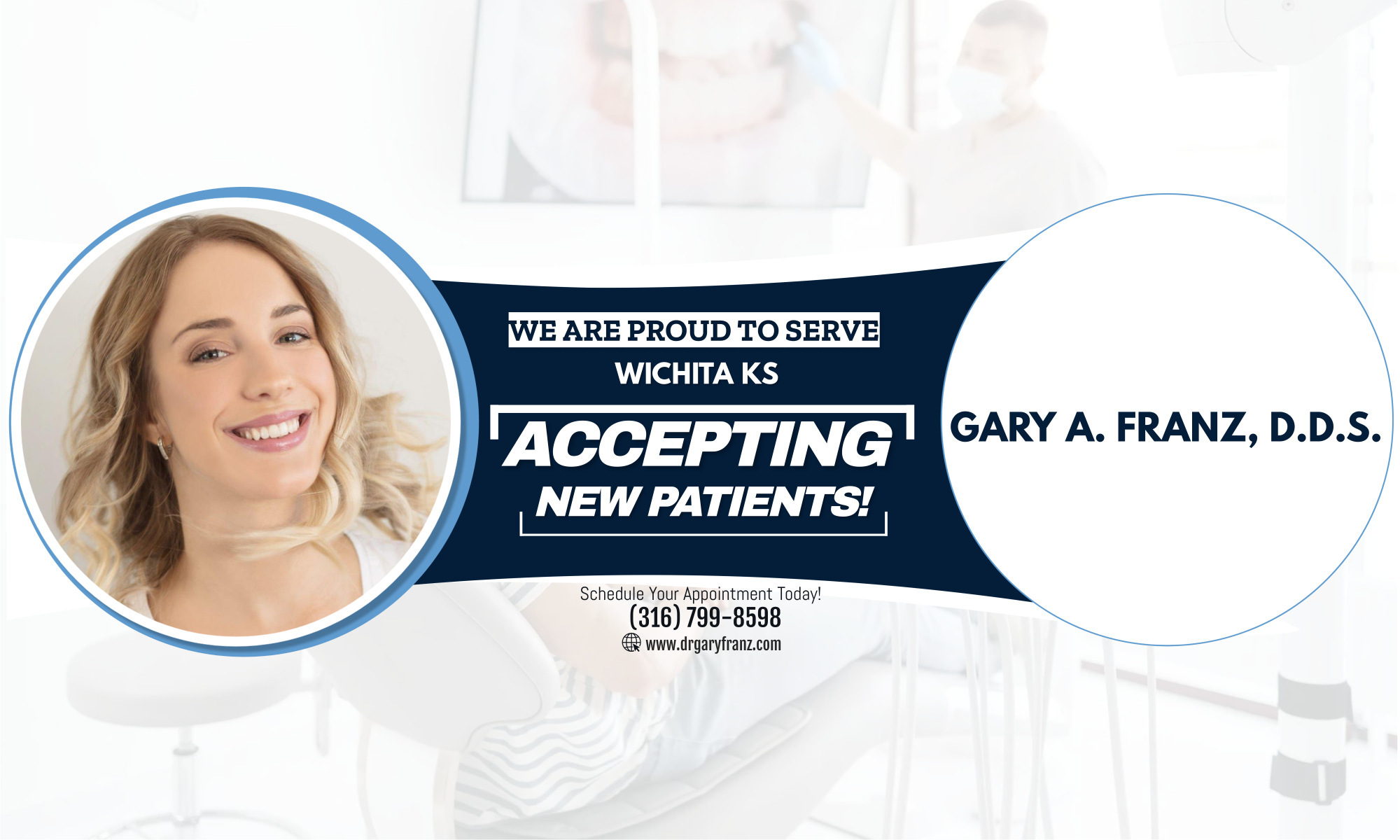Orthodontic appliances such as braces can be used to help straighten out crooked and crowded teeth.
This is not just about looking better; it also helps improve your dental health.
How they look may determine how you feel about wearing them but, these days, braces can be as inconspicuous as you want.
Brackets � the part of the braces that attaches to each tooth – can sometimes be attached to the back of the tooth, making them less noticeable.
The brackets can be made in a wide range of different materials such as metal, ceramic or plastic.
They can also be designed to look appealing. For example, they may be clear or tooth-colored. There can also be shaped in a variety of ways like hearts and footballs or created in favorite colors.
You could even go for gold-plated braces or glow-in-the-dark retainers!
